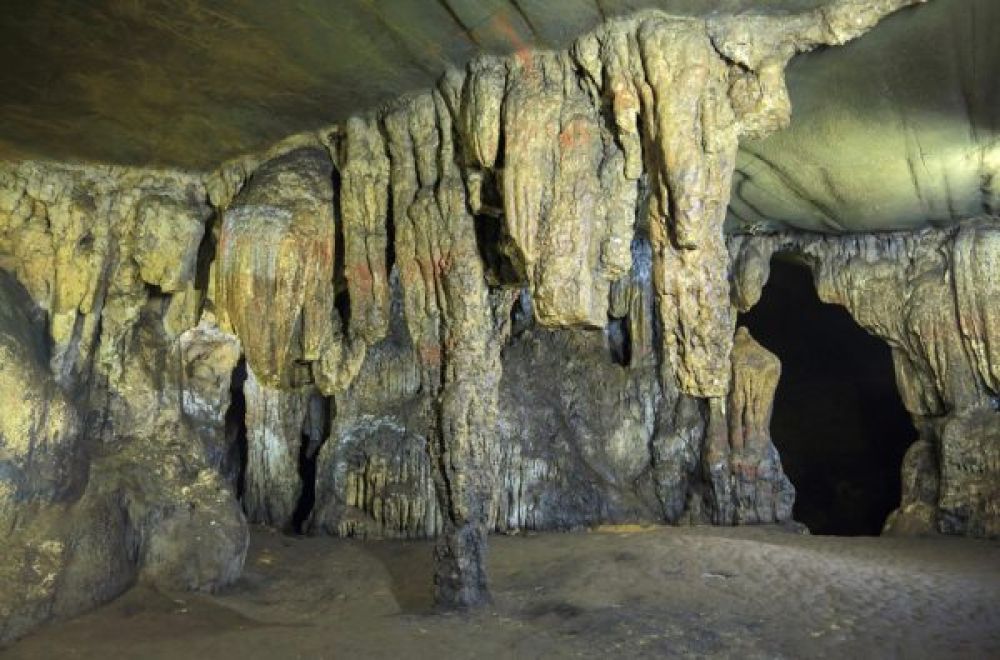

The Kailash and Kutumsar Caves located in the Bastar region of Chhattisgarh are among the most enigmatic natural wonders of India, with a history that has fascinated tourists, pilgrims, and researchers alike. The tourism history surrounding these caves is relatively modern, but the caves themselves have existed for tens of thousands of years, forming a significant part of the local indigenous communities' folklore and spiritual beliefs.
The official discovery of the caves for purposes of tourism dates back to as recently as the 20th century, when these limestone formations were explored and mapped by geologists and adventurers. Recognizing their potential as tourist destinations, the state government of Chhattisgarh and the Indian tourism department undertook measures to make the caves accessible while preserving their natural beauty and ecological significance.
Kutumsar Caves, discovered in 1900, are known for their subterranean ecosystem and are considered one of the longest natural caves in the world. They hold great archeological importance due to the presence of stalactites and stalagmites formations, which indicate a natural history that stretches back thousands of years.
The name Kailash Caves bears its roots in the Hindu mythology associated with Mount Kailash, the abode of Lord Shiva. The natural shivling formations within these caves draw a number of pilgrims and have turned these caves into a spiritual tourism destination, especially during the Shivratri festival when the caves become a hub of cultural and religious activities.
The latest trends in tourism around the Kailash and Kutumsar Caves focus heavily on sustainable travel and ecotourism. Efforts are being made to bestow a minimal environmental footprint on the region while promoting local culture and biodiversity. Tourist amenities have been developed to provide information, safety, and comfort, but always with the intent of protecting the delicate environment that makes these caves unique.
Adventure tourism is also gaining traction, with visitors attracted to the caving experiences offered by these natural wonders. Additionally, there has been an increased emphasis on the promotion of tribal heritage and traditions to enrich the visitor experience while contributing to the welfare of the indigenous communities.
Understanding the ecological sensitivity of the Kailash and Kutumsar Caves, the Government of India has instituted regulations to manage the number of visitors and the activities within the caves. Efforts are directed at maintaining the biodiversity and the pristine conditions of the cave interiors. These regulations enforce the delicate balance between unlocking the tourism potential of the region and preserving its cultural and natural heritage.
The history of tourism around the Kailash and Kutumsar Caves in Bastar reflects a journey of discovery, spirituality, and conservation. Today, as the world leans towards responsible tourism, the caves offer a unique blend of natural splendor, cultural richness, and an enduring allure that captivates the heart of every traveler seeking to explore the hidden treasures of Chhattisgarh.